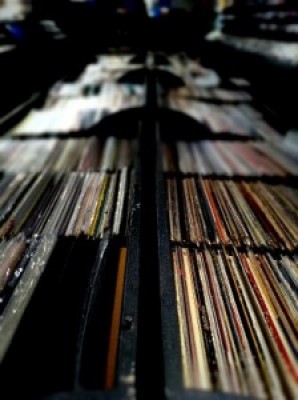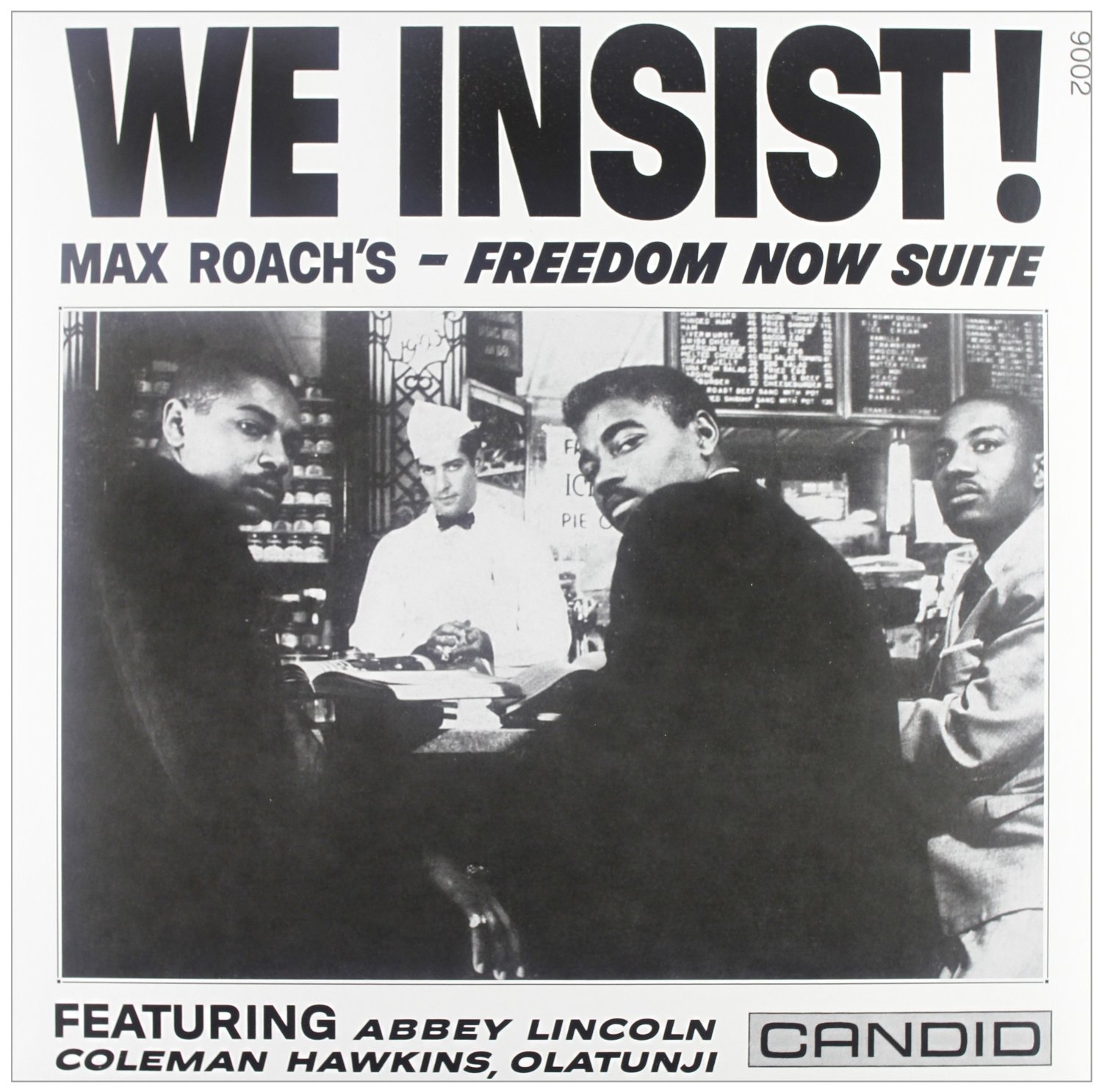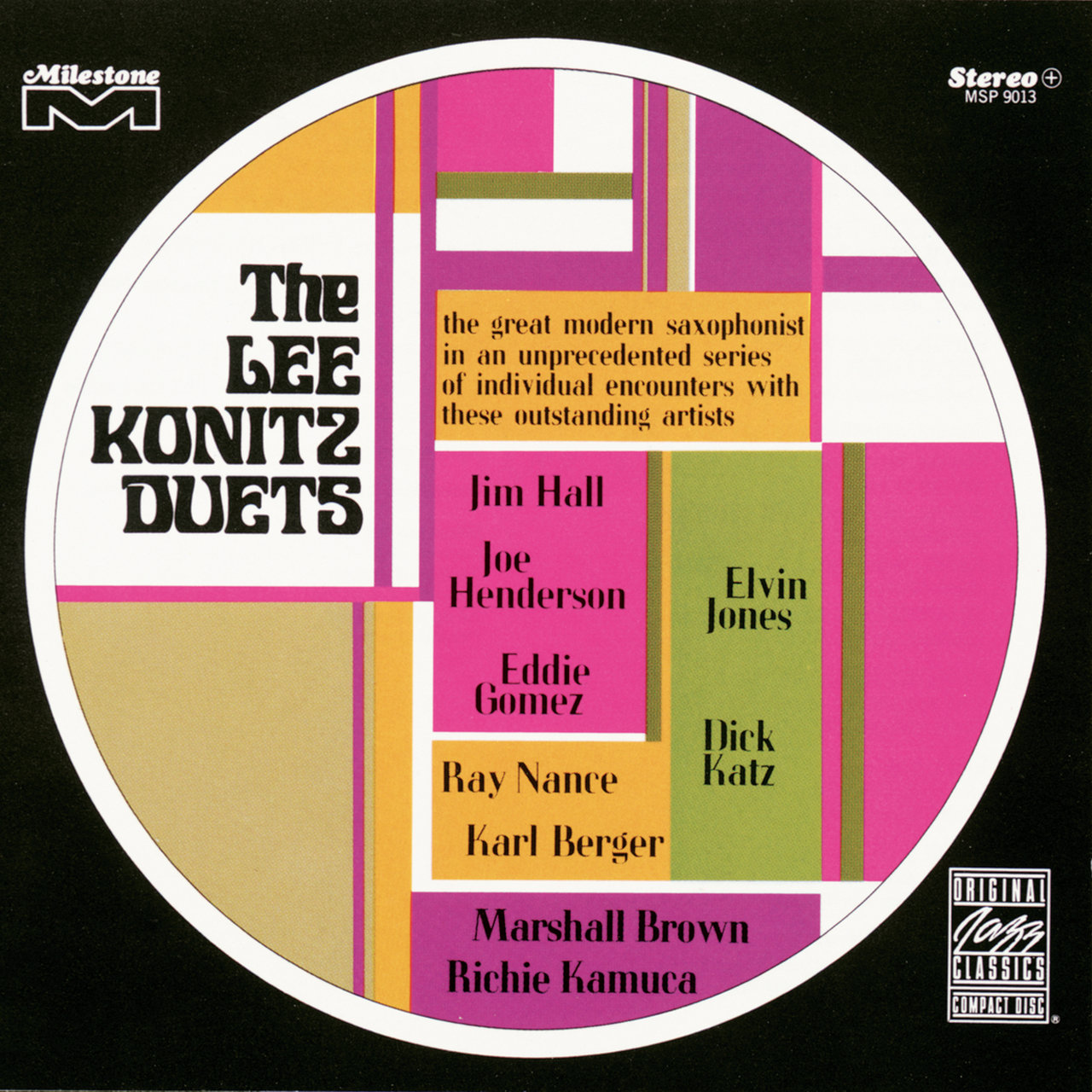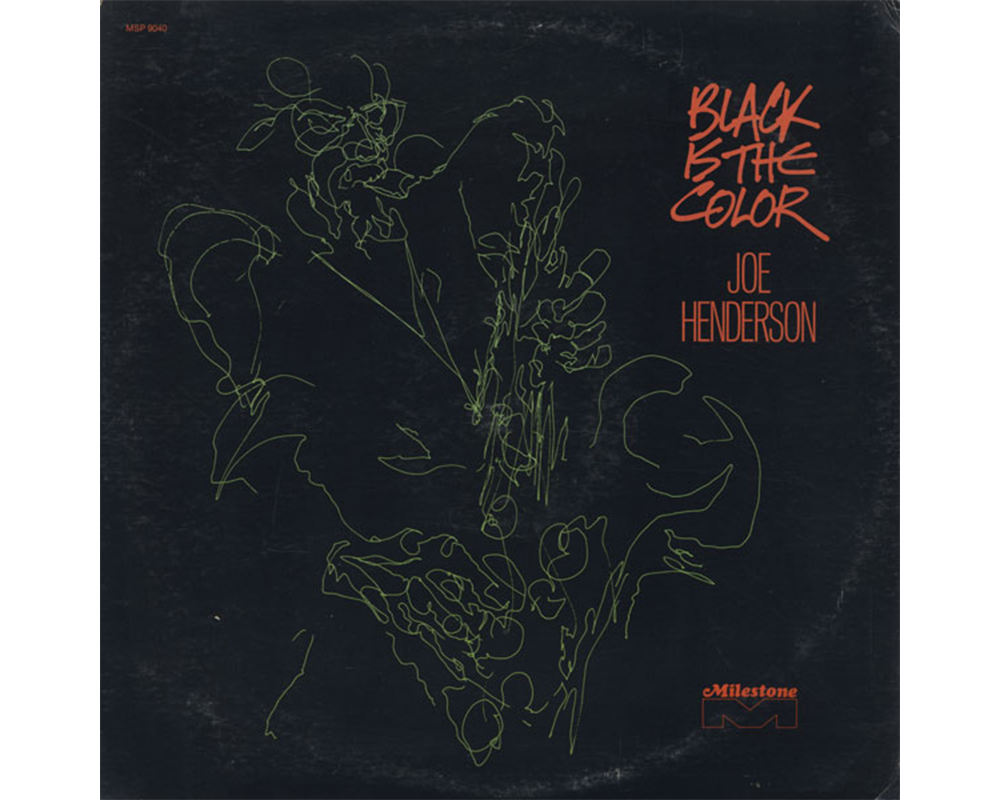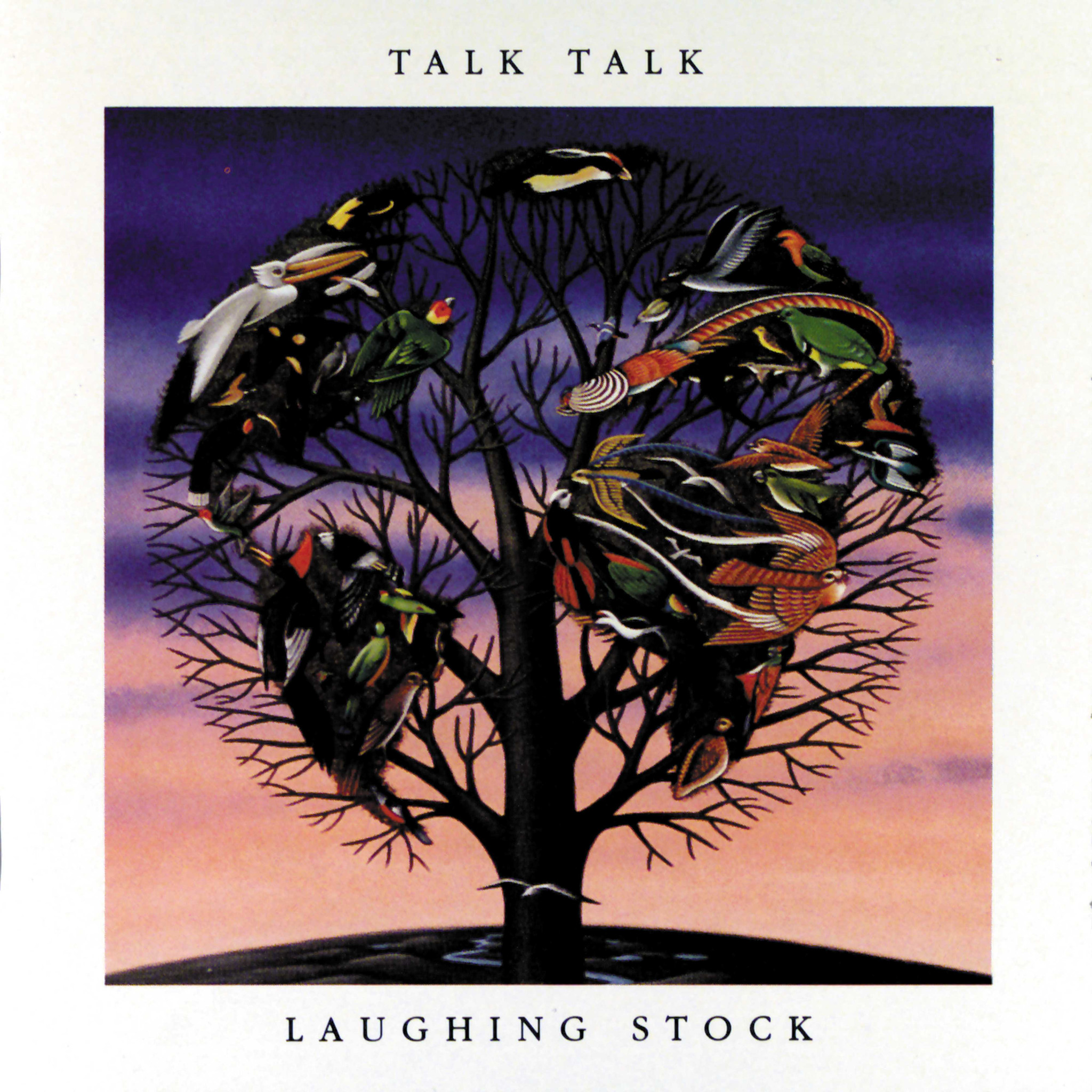Further thinking about slow movies[footnote]See my brief entry on slow movies here.[/footnote] has brought me to both a more general and a more specific idea about the distinction of slow culture, inspired in part by this insightful piece by Matt LeMay.
Slow media [footnote]e.g. LPs, a preference for movies in which people who don’t say very much don’t do very much, books as opposed to magazines or the internet, live performances in small venues[/footnote] are not necessarily the same thing as slow culture, though they are certainly related. The term slow media as I’m using it here refers to a direct, physical contact with a medium’s material; slow culture, on the other hand, is not so limited and refers to a culture which produces reflective, meditative, deliberate, and/or restful gaps in its material. Mainstream culture’s works bear revisiting because we look forward to the known satisfaction of their resolution; how we get there is less important than that we know it’s coming, and, for the most part, the sooner the better. Slow culture’s payoff comes generally in the works’ process. That is, slow culture gives its participans and audience members a chance to think about what they’re participating in while they’re participating in it. This thoughtfulness is essentially creative and mutual, an investment by the artist in the audience as well as an investment by the audience in the work.
Though the formats and modes suggested by the slow terms are generally appreciated by many people, they exist outside the main channels of production, exhibition, performance, broadcast, and spectatorship: it’s cool to know they’re there but they’re not the money-makers of their fields.
They remain, nonetheless, characteristic of a kind of hipness that is less obsolete than it might seem.[footnote]That is, hipness to the kinds of material described above; knowing that vinyl is cool, for example, does not mean that one is buying any. To be Old School is, a surprising amount of the time and somewhat paradoxically, to be hip.[/footnote]
I’ve digressed from my original intention but not irrelevantly. We’ve grown accustomed to the speed of not only cultural works themselves but also their accessibility. Even though the ideas here can probably be applied to any aspect of artistic or cultural life, for the purpose of this piece, I’ll stick to music.
The last decade has yielded an exponential increase in the number of musicians and musical artists and a subsequent increase in recorded and performed output. And yet there has been little new music in this period.[footnote]Jaron Lanier discusses this subject with great intelligence in his book, You Are Not a Gadget, a terrific if sometimes opaque manifesto on life online, its evolving homogeneity, corporate control, and a host of other relevant cultural and economic stuff. Worth a look.[/footnote] We’ve seen new ways of getting it, new ways of making it, storing it, and distributing it; new places to discuss it, new places to see it, new places to bring it. But the music itself tends toward retro/nostaglic styles [footnote]e.g. the last-several-years’preponderence of so-called psych music; the americana boom at the turn of the century; hip-hop’s relative stasis compared to its evolution from, say, 1980-2000; the odd mini-boom of British soul singers highlighted by Amy Winehouse, Adele, and Duffy; the mostly-Madonna-derived successes of Lady Gaga and Katy Perry. Other genres present their own examples, which are surely known to their constituents. This note sticks to the well-known to avoid confusion.[/footnote] whose chief asset is described according to the artists’ authenticity.
So from the soulful voices, hard or smooth MCs, sassy cheerleaders, brooding journeymen, laptop-toting maestros, cool popsters, forthright post-punkers, and whoever else has shown up in the last ten years, we learn that many of these artists write their own songs, or that their talent first emerged in early youth; that they heard the call of G-d to sing out in His name. Yet none of these experiences is unique to them or artists in general.
Let me be clear: I do not mistake the experiences of these artists for pretense. On the contrary, I believe we have all been moved by our faith, our youth, our need to find or build a community around what we fear separates us from everybody else or might, however tenuously, connect us. But for these expressions and performances to be meaningful takes time, and what’s been increasingly absent is a culture willing to take the time to think while it listens.
Observed from a different and more pointed angle, the artists, captivated by the availability of recorded music’s entire history, give or take, are deliberately making derivative music. This is not simply the case of punk bands sounding like their predecessors or tenor players adopting the modes of post-war heavies, which practices are rooted in identity-formation, alignment, alliance, homage, tribute; in most such cases, the younger artists anticipate finding their own voice through inspiration. What I’m trying to get at is the widespread assumption that copping styles from older music is good enough. It is not. The standard for original playing has unfortunately been replaced by a standard of authentic fandom, which is fine for fans but diminishes the prospect of hearing anything new when held to by the people who make the music.
